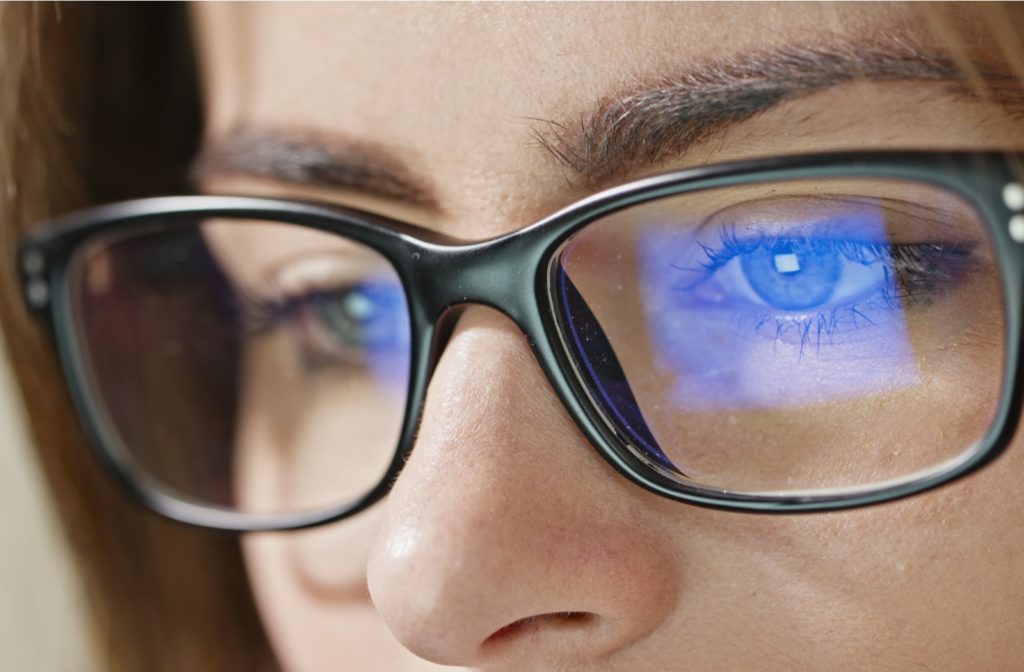
Do Anti-Blue Light Glasses Truly Protect Your Eyes?
In our tech-driven world, screens dominate daily life—whether it's for work, gaming, or late-night Netflix binges. Prolonged screen time can lead to digital eye strain, often attributed to blue light. Enter anti-blue light lenses, marketed as the ultimate solution for protecting your eyes. But are they truly a necessity, or just a modern gimmick?
Blue light is a high-energy visible (HEV) light emitted by digital screens, such as smartphones, laptops, and TVs. While blue light exists naturally (the sun is its biggest source), prolonged exposure from artificial sources has raised concerns. Research suggests excessive blue light exposure can disrupt sleep by suppressing melatonin, the hormone that regulates your sleep-wake cycle.
Anti-blue light lenses are designed to filter out a portion of HEV light, reducing its intensity before it reaches your eyes. These lenses often come with coatings or tints that block harmful wavelengths, claiming to reduce eye strain, improve sleep quality, and protect against long-term eye damage.
Here’s what research says:
1) Digital Eye Strain: Extended screen time can cause discomfort, but this is more likely due to reduced blinking rather than blue light alone. Anti-blue light lenses may alleviate some strain by reducing glare, but proper screen habits are more effective.
2) Sleep Quality: Blue light does affect melatonin production, so wearing anti-blue light lenses in the evening might help you wind down. Alternatively, screen settings like "night mode" achieve similar results.
3) Eye Health: Claims about blue light causing irreversible eye damage are not strongly supported by science. Most eye problems from screen use are linked to other factors, like poor posture and prolonged focus on screens.

1) Heavy Screen Use: If your work or hobbies involve staring at screens for hours, these lenses may help with glare and comfort.
2) Evening Screen Time: Using these lenses after sunset can reduce blue light exposure and help maintain better sleep patterns.
3) Sensitive Eyes: People prone to headaches or migraines triggered by screen light may find relief with these lenses.
20-20-20 Rule: Take a 20-second break every 20 minutes to look at something 20 feet away.
Night Mode: Enable the built-in blue light filter on your devices.
Good Lighting: Ensure your workspace is well-lit to reduce glare.
Proper Distance: Maintain at least an arm’s length distance from your screen.

Anti-blue light lenses offer benefits, particularly for comfort and sleep, but they are not a cure-all for digital eye strain. Adopting healthy screen habits remains the best approach to protecting your eyes in a tech-centric world. For some, these lenses may serve as a helpful tool, but they are not an essential accessory for everyone.
This Christmas, as you spend hours on devices capturing memories, gaming, or shopping online, think about your eye health—whether it’s investing in anti-blue light lenses or simply taking regular breaks. Your eyes will thank you!

















